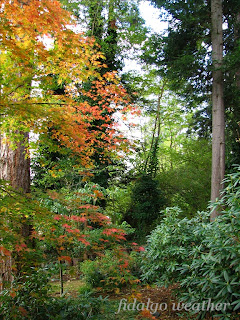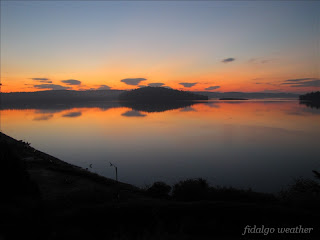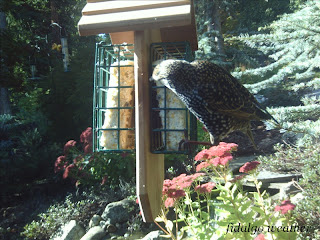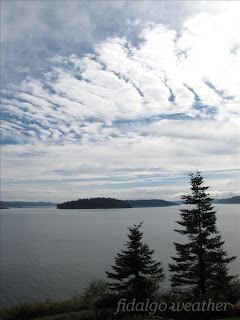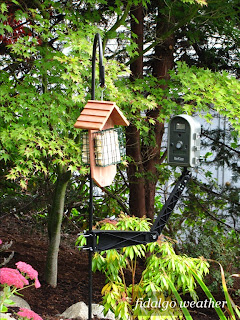BirdCam: Updates

House Finch males ( Capodacus mexicanus ), usually colored in rosy hues, also come in a yellow variant. I managed to catch one today at the BirdCam station. This looks like a young, first fall male just starting to get his colors. The other day, I posted a " First Sighting " of a Black-capped Chickadee ( Poecile atricapillus ). Since then I have managed to catch some slightly better photos: These are fast little birds and always on the move. Together with the low light conditions provided by fall weather, getting a crisp shot seems to be a challenge. In the second picture, the Chickadee is joined by a Dark-eyed Junco ( Junco hyemalis ): Finally, notice the Japanese Maple ( Acer palmatum 'Osakazuki') in the photos. The sun came out late this afternoon to add a little sparkle. Another Junco enjoys a snack:

